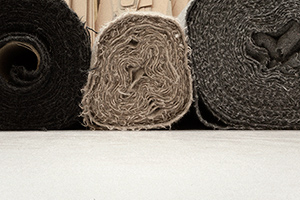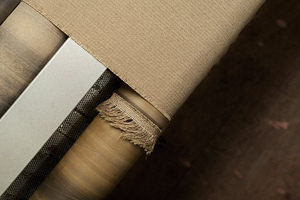Off the beaten track
Friday, 28th December 2012
To make in the British Isles is to make with limits. But the limits aren’t as awful as they’re made out to be. Nor are they terribly limiting. But they do nevertheless impose certain ways of working if one is to get the most out of things — ones that require patience, persistence, and time.
Most exertions go into the pursuit of the best material. The good stuff. It is difficult to overstate how vital finding the good stuff is if headway is made making within the bounds of a single coastline. The regular menus offered up by mills are always a good place to start, but are seldom expansive, and it doesn’t take much time to work through them. On top of that, they usually comprise the most crowd-pleasing and least quirk-free cloths, which by virtue of being on the regular menu are also the most commonplace.

The best material isn’t easy to come by. The best material doesn’t make it onto regular books because it is tricky to make or work with, pricey, or is too idiosyncratic for its own good. The best material doesn’t advertise, and to find it you need people. Contacts. Acquaintances. Friends. People who know what the best material is and where to get it. They will ideally be people who work close to the source — deep within the mill. They will share the same enthusiasm for fabric; will like the idea of working with others who appreciate the more unsung of their wares; will be only too keen to sell on a roll or two.
The cloth here is a case in point. This irregular variety of corduroy has never been de rigueur among the sartorial cognoscenti on these Isles or any others. It is unwieldy and odd-looking, and cotton mills over here passed up weaving it long ago in favour of more versatile and palatable weights and wales. But here it is: no longer in a forgotten corner of a Lancastrian mill but instead at the workshop. Several dozen metres of deadstock corduroy in several sensible colours; useful stuff once you work out what it’s good for.
Truly top-grade cloth is hard to come by, but the investigation, the exertion, and the occasional wild-goose chase in hunting it down is the most rewarding part of the job. The cord here is the most recent reward of a busy few months of such endeavours; progress has also been made with garment dyers, button-makers, and others besides. More soon.


